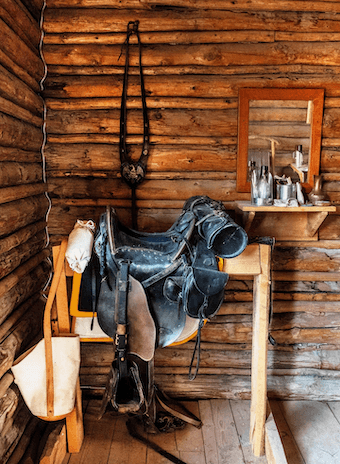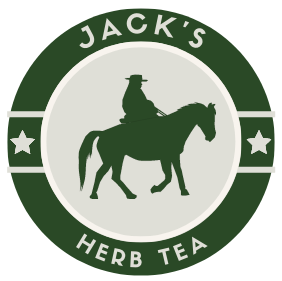
Unveiling the World of Horse Saddle Types: A Global Perspective
Share
When it comes to horse riding,
the saddle is an essential piece of equipment that not only provides comfort and security for the rider but also ensures the well-being of the horse. However, different regions and cultures around the world have developed unique saddle styles to suit their specific needs and traditions. In this blog post, we will explore various horse saddle types and their popularity in different countries, offering a fascinating glimpse into the rich diversity of equestrian cultures worldwide.
Western Saddle - United States:The Western saddle is synonymous with the cowboy culture of the United States. Known for its sturdy build and deep seat, it provides excellent support and stability for long hours of riding across vast open landscapes. Its popularity extends beyond ranch work and rodeos, as Western-style riding has become a beloved discipline worldwide.
English Saddle - United Kingdom:The English saddle, often associated with traditional English riding disciplines such as dressage, show jumping, and eventing, offers a close contact feel between the rider and the horse. Its lightweight design and forward seat allow for precise rider communication and flexibility, making it popular not only in the United Kingdom but also across many countries practicing English-style riding.
Australian Stock Saddle - Australia:Developed to withstand the challenging terrain of the Australian outback, the Australian Stock saddle combines elements of both Western and English designs. Its deep seat, high cantle, and knee pads offer excellent rider security and comfort during long hours of mustering livestock. This unique saddle has gained popularity not only in Australia but also in other countries with similar agricultural traditions.
Spanish Saddle - Spain:The Spanish saddle, also known as the Vaquera saddle, is deeply rooted in Spain's rich equestrian heritage. With its high pommel and deep seat, it provides stability and security during traditional equestrian disciplines such as bullfighting, working with livestock, and classical dressage. This saddle's elegance and functionality have influenced saddle designs in other countries with Spanish equestrian traditions.
McClellan Saddle - United States:Originally designed for military use, the McClellan saddle gained popularity in the United States and several other countries due to its lightweight construction and comfort for both horse and rider. Its minimalistic design with a deep seat and high cantle allows for greater freedom of movement, making it suitable for long-distance riding, endurance competitions, and trail riding.
Icelandic Saddle - Iceland:The Icelandic saddle, tailored specifically for the unique gaited Icelandic horse breed, features high pommels and cantles to secure the rider during the breed's distinctive gaits. Its compact size and close contact design enable better communication between the rider and the horse, facilitating the precise cues required for Icelandic horse competitions and long treks through Iceland's breathtaking landscapes.
Exploring horse saddle types from around the world unveils the remarkable diversity of equestrian cultures and traditions. Each saddle style reflects the needs, terrain, and riding disciplines of its respective country, showcasing the deep connection between horses and human cultures across the globe. Whether it's the Western saddle of the United States, the English saddle of the United Kingdom, or the Spanish saddle of Spain, each type carries with it a unique history and purpose. So, saddle up and embrace the global tapestry of horse saddles, as you embark on your equestrian adventures in harmony with the rich traditions and practices of different countries.
